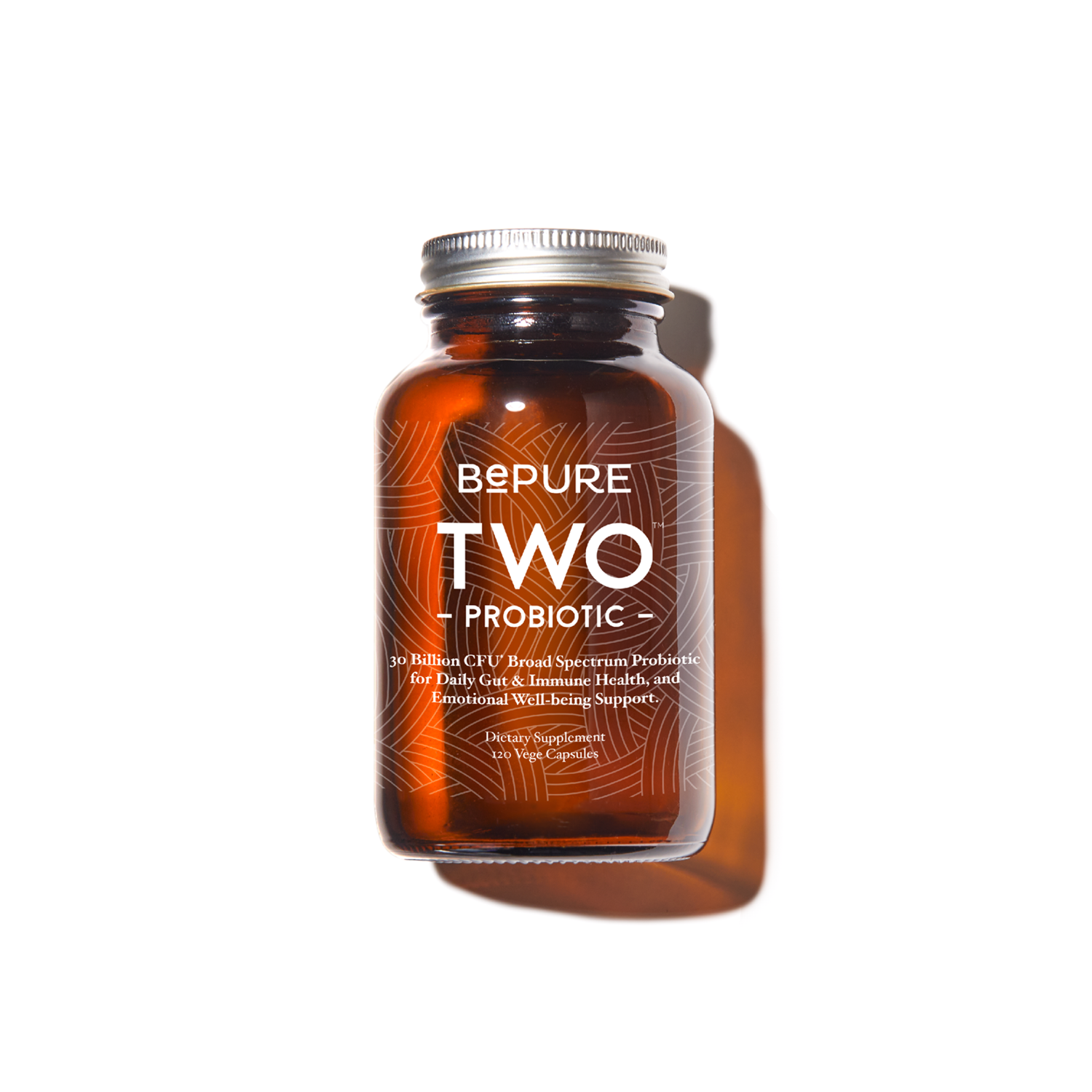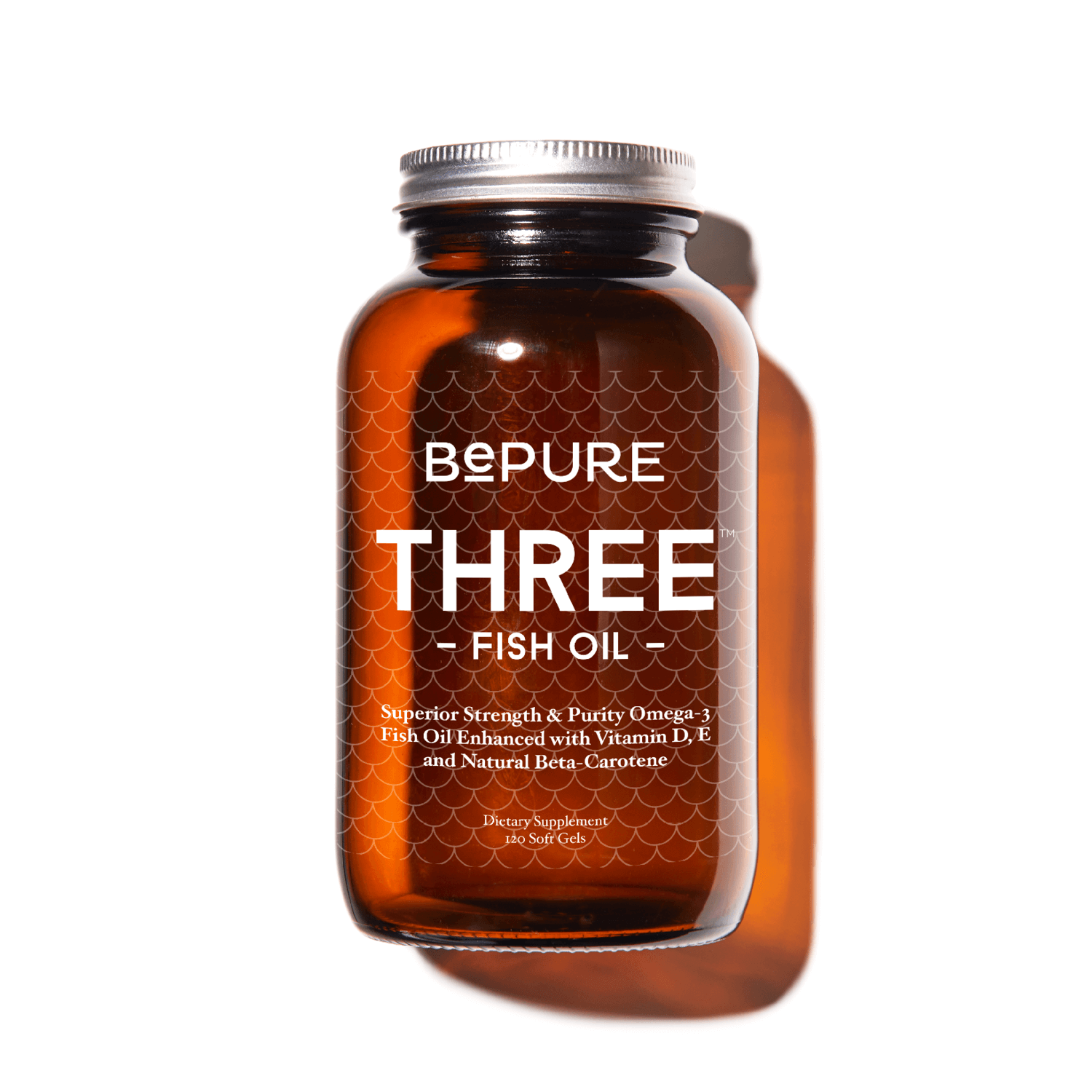What You Didn't Know About Menopause and Weight
When we go through menopause, many of us can find the process—and the anticipation of that process—quite an unsettling life stage. The closest thing to it, and something we can all relate to, is puberty. When we have big changes to our hormones after decades of relative stability, it’s no wonder we can find the process as jarring now as we did then!
Diving a little deeper into the reasons behind this worry or concern, the two main areas that women cite as affecting them are weight and mood. It’s easy to understand why these are such dominant worries when it comes to menopause, with both impacting our day-to-day lives and our relationship with ourselves and with others so much. Here we’ll dig into why our weight can change with menopause and how we can best support our bodies to, hopefully, lessen the impact and feel empowered with the change, not afraid of it.
So, why does our weight change during menopause?
The short answer is hormones. If we can take one thing away from reading this, getting in touch with our hormones is it. Our hormones are changing dramatically throughout the menopausal transition, with both progesterone and oestrogen declining. Understanding what happens in our body when these decline and how we can make this drop more gradual, rather than falling off a cliff, supports both our mood and weight.
We will mainly focus on oestrogen here but the two hormones that we’re going to mention are:
- Oestrogen: Used by ovaries, adrenal glands, and fat tissues and is responsible for libido, mood, and energy
- Progesterone: Our balancing hormone that we see a surge of in the second half of our cycle
It is worth noting that menopause generally happens as we get older, which coincides with the time that our metabolism starts to slow down along with a less active lifestyle for some of us. That might sound like it makes weight management an uphill battle but, actually, it means we have three ways in which to manage it.
Because menopause marks the end of the reproductive stage of life, our body no longer produces oestrogen and progesterone - our reproductive hormones. As we lose these hormones from our body we lose their benefits on our mental health and ability to maintain the body shape we’ve known for so long.
Interestingly, this same ratio shift can also impact our skin and muscle tone. But that’s OK! It simply means we can change our approach to weight management to match our changing hormones.
So, what can we do to manage our weight?
The four arms of weight management are: stress management, quality sleep, exercise and food. And we know you knew that already but what is interesting is how, when menopausal, our bodies respond differently to all of those due to the changes in our hormones. So, let’s talk about the types of exercise and eating behaviours that best serve women moving through menopause and beyond.
Build Muscle
When our oestrogen levels drop, we lose muscle mass. This is because oestrogen is a key hormone for ‘muscle protein synthesis’ and the maintenance of muscle mass. Protein is the building block of muscle and is essential to their growth. Without oestrogen to help that process along, we need to stimulate muscle growth through the use of resistance-based exercise.
To help our muscles out a bit more, we can up our dietary protein. As oestrogen declines, adding in more protein rich foods is key. The minimum recommended amount of protein per day for those going through menopause is 1.2g of protein per kilogram of body weight. So, if a person weighed 65kg, we multiply 65 by 1.2 to get 78 g of protein. To save you the maths and the task of weighing your food, a handy way to work it out is to start with 3 meals per day containing: a thumb of good fats, a palm-sized serving of quality protein, a fist of carbohydrates and two fists of leafy green or watery vegetables.
“1. 2 x bodyweight = minimum net protein intake a day”
Look for protein rich recipes that include quality animal protein and meat, yoghurt and legumes. . If you exercise regularly or have a more physically active job, your need for protein will go up.
Exercise Right For You
Different types of exercise support us at different life stages due to changes in our hormones, and putting it simply, the best tool for weight management during menopause is “lifting heavy things”. During menopause, our body responds best to two types of exercise: plyometric, and weightlifting exercises. Those in menopause need to build muscle and improve bone density. We can do this most effectively by weighted strength training like jumps and lunges, that are multi-directional, have resistance and are fast.
Aiming for 3-4 workouts like this a week, alternating with a recovery day, will help us get that essential muscle protein synthesis.
The four most essential exercise movements for menopausal people are : Squat, lunge, push, and pull.
And the good news here is that, despite being told for years that we need to work out seven days a week in order to manage our weight, 30 minutes, three to four times a week, is an ideal number (and length) of time to exercise during menopause. These short, sharp, and more intense workouts are very well suited to this stage of life. Don’t forget to be careful and to rest!
After exercise, if we have 40g of protein within 30 minutes of finishing our workout, this feeds our muscles, and they respond better to the amino acids we need to maintain muscle mass.
What doesn’t work so well for weight management at this stage of life is endurance-based exercise. This includes endurance-based running, swimming, and other cardio-focused workouts. Over the age of 40, menopausal or not, these exercises become much less effective in terms of weight. This is not to say that these exercises are not worth doing, as all exercise is hugely beneficial for inflammation, heart health, and mental wellness. But, as it relates to weight - lifting weights and resistance workouts are winners!
So, what next?
During menopause, your two best friends for weight management are food and exercise, which best balance and support the changes in hormones (primarily oestrogen and progesterone), so starting with these means we can get excited about eating the right foods, at the right time, and moving in the right direction!
Remember to...
- Top up on protein! Aim for 1.4g of protein per kg of bodyweight, adding it to all meals throughout the day and about 40g of protein within 30 mins of finishing a workout. There are plenty of delicious, protein rich recipes to try.
- Eating 3 balanced meals per day that include 1 fist of carbohydrates, 1 thumb of fats, 2 fists of watery vegetables and 1 palm of protein helps to keep blood sugar levels stable and can help to lower our stress levels.
- Remember 3, 4, and 20: Exercise three times a week, with four key functional exercises: squat, lunge, push, pull, for 20-30 minutes at a time.
- Focus on sleep and restoration: a good night's sleep helps with exercise recovery, boosts our metabolism, lowers stress levels and helps with weight management.



